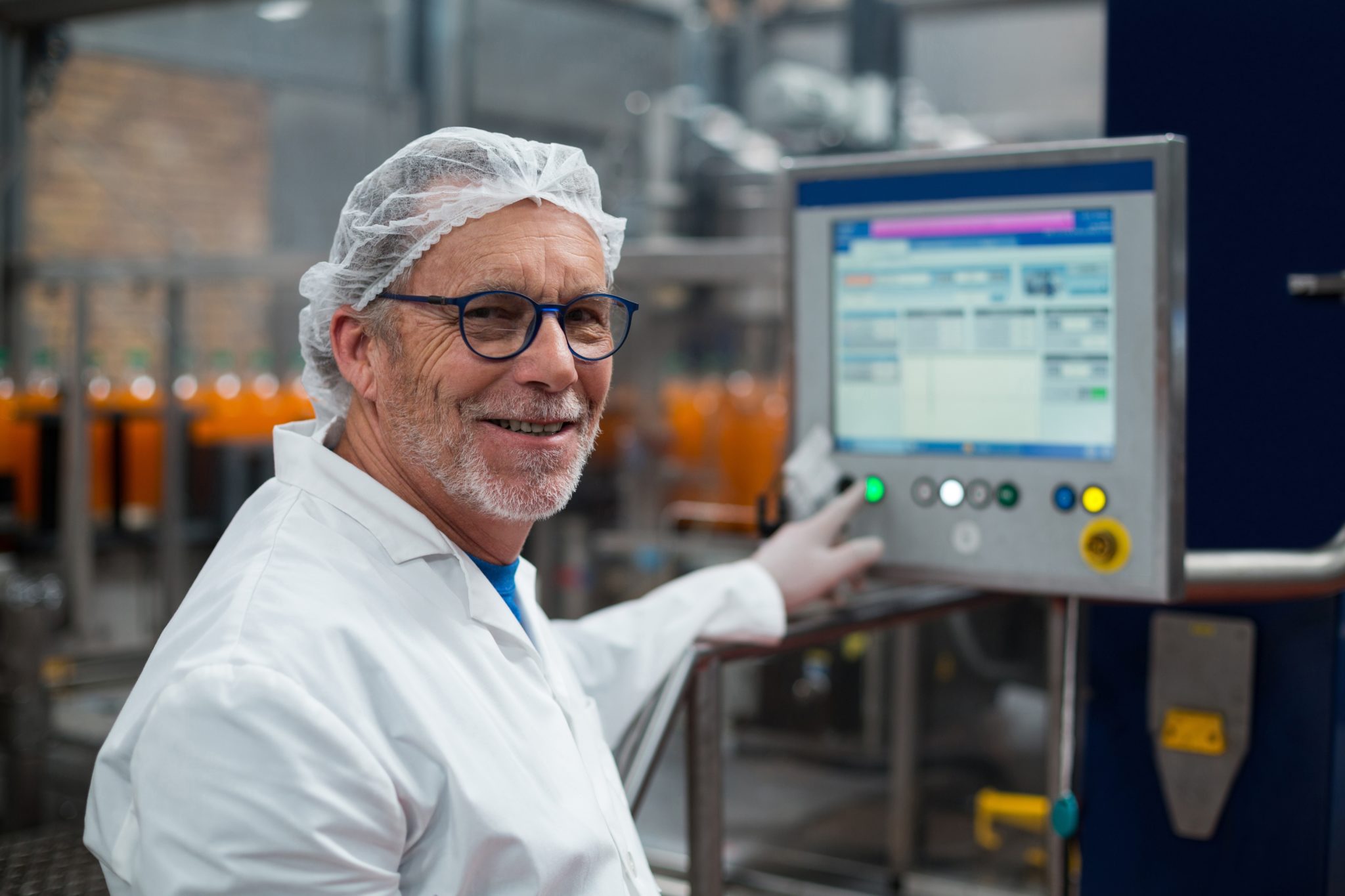Production control 4.0
Improve cost, quality and speed through real-time data connectivity.
Services in the area of operational excellence
Services in the area of operational excellence
Optimal control of production
Producing companies are under ever-increasing customer demands with regard to delivery time, changing assortment and/or number of variants and decreasing quantities per item. It should also be possible to react flexibly to changes at short notice. Whether a system is particularly agile can be determined primarily when demand is high or low in the short term, e.g., during heat waves, the onset of winter, seasonal events, or even crises such as the Corona pandemic.
Often, production then does not manage to react quickly to the short-term orders, changes, bottlenecks or failures. With the right concept for Production Control 4.0 and real-time monitoring of production, these challenges can be managed and changes can be responded to flexibly.

What are the reasons to deal with the topic of production control?
The better the interaction within the PPS system and the underlying IT system, the more likely it is that production downtimes and dissatisfied customers with the resulting costs or loss of image can be avoided. Therefore, the goal should be to design the planning and control processes in such a way that they are adaptable and a fast response time is possible.
Improving response times is possible primarily through real-time data connectivity and processing of data in KPI dashboards. Sensors are used to record data from machines, workpieces and the warehouse. For machines, for example, the temperature, vibrations, noise, energy consumption and speed can be recorded. The changes in production parameters (exceeding or falling below a defined corridor), downtimes or quality problems are quickly detected and can be addressed by taking measures to solve the problems.
It is not only the production processes that need to be proactively controlled and monitored. Intralogistics must also be set up appropriately by making decisions about batch sizes and the flexibility available. In the future, companies want to avoid rigid structures in production in order to meet market demands for agility.
e.g. this can be seen in flexible cell production in the automotive industry. Instead of relying on the inflexible assembly line, car manufacturers increasingly want to rely on flexible cell production in the future. In this process, the car body is no longer transported by rigid conveyors, but in a highly flexible manner with the aid of automated guided vehicles.
Optimization of these processes and the appropriate level of automation or digitalization for your company must be at the top of the priority list. It is important, on the one hand, to make the planning and control process as efficient as possible and, on the other hand, to rely on transparent and digitally networked processes.
We support you in production control
- Planning and optimization of production control
Creation of flexible and agile production control - Adaptation of the current control concept to changed conditions (new variants, ramp-up/ramp-down,…)
Create flexibility for new circumstances - Setup time minimization/optimization
Reduce non-value-adding activities - Batch size optimization
Determination of the optimal batch size for your production - Production smoothing
Avoid peaks to create balanced production - MES selection
Selection and implementation of a digital production control system - Staff scheduling
What is the task of classic production control, and what is the task of production control 4.0?
Along with production planning, classical production control is a part of the PPS. Here, production planning specifies the operations in the medium to short term. Production control releases the orders on the basis of this planning and monitors or ensures their execution. Accordingly, it regulates the actual sequence of activities during order processing and schedules the short-term machine assignment. The goal here is to implement the specifications of the higher-level planning as precisely as possible and to achieve the specified targets (e.g. throughput times, optimal utilization of resources, etc.).
The foundation of successful Production Control 4.0 is a holistic, coordinated and digital flow of information. IT systems are used in production to achieve this. In addition to the classic ERP system, a Manufacturing Execution System (MES) is used to monitor production, which combines machine and order data acquisition as well as quality management and personnel time recording. In the event of deviations in quantities, deadlines or quality, production control intervenes quickly and flexibly to take corrective action. Warehouse Management Systems (WMS) are used to control materials in order to optimize warehouse and material supply processes based on real-time data.
Factors of success
The right concept for production control depends on many influencing factors and the underlying production system. Together with you, we develop optimization strategies for production planning and control. With the help of special control strategies, we smooth and synchronize your production. If required, we also have the know-how for customized tools with internal software development competence in order to optimally design the material flow in your production. In addition, we support you in the selection and introduction of an MES.


